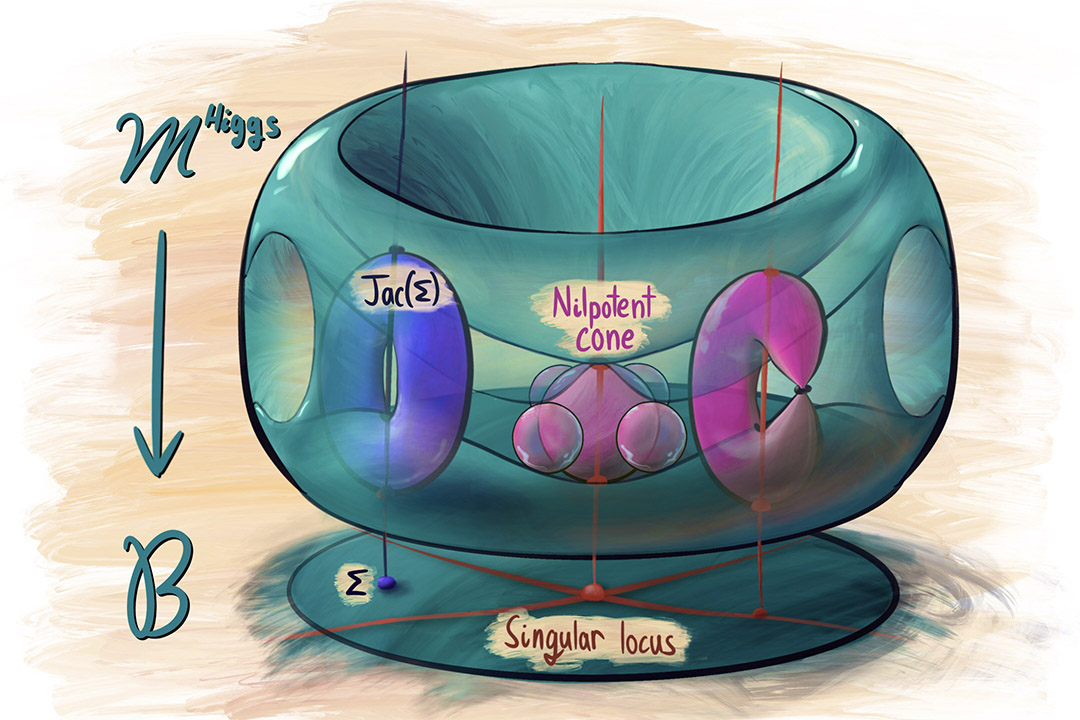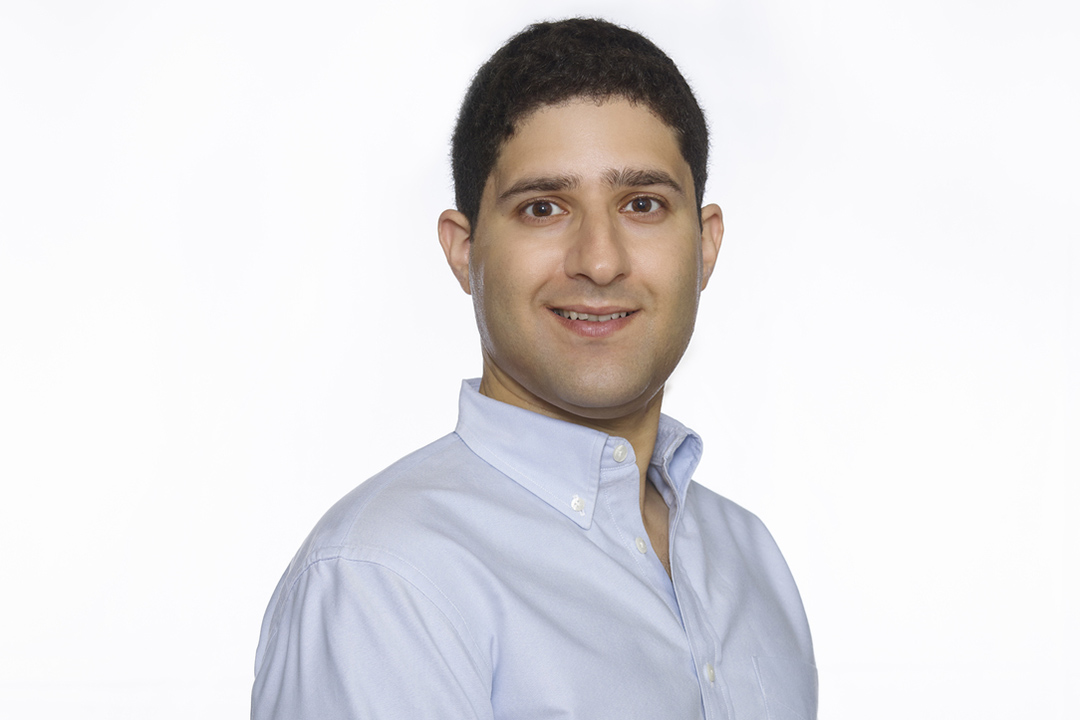
Mathematicians build the future of materials through art: USask research
Art and mathematics may go hand-in-hand when building new and better materials for use in quantum computing and other quantum applications, according to University of Saskatchewan (USask) mathematician Dr. Steven Rayan (PhD).

Quantum materials are what futuristic dreams are made of. Such materials are able to efficiently conduct and insulate electric currents – the everyday equivalent of never having a lightbulb flicker. Quantum materials may be the fabric of tomorrow’s supercomputers, ones that can quickly and accurately analyze and solve problems to a degree far beyond what was previously thought possible.
“Before the 1700s, people were amazed that metals could be melted down and reshaped to suit their needs, be it the need for building materials or for tools. There was no thought that, perhaps, metals were capable of something much more — such as conducting electricity,” said Rayan, an associate professor of mathematics and statistics in the USask College of Arts and Science who also serves as the director of the USask Centre for Quantum Topology and its Applications (quanTA).
“Today, we’re at a similar juncture. We may be impressed with what materials are capable of right now, but tomorrow’s materials will redefine our expectations. We are standing at a doorway and on the other side of it is a whole new world of materials capable of things that we previously could not imagine.”
Many conducting materials exhibit a crystal-like structure that consists of tiny cells repeating over and over. Previous research published in Science Advances had highlighted Rayan and University of Alberta physicist Dr. Joseph Maciejko’s (PhD) success in defining a new type of quantum material that does not follow a typical crystal structure but instead consists of “hyperbolic” crystals that are warped and curved.
“This is an immense paradigm shift in the understanding of what it means to be a ‘material’,” said Rayan.
It is expected that hyperbolic materials will exhibit the perfect conductivity of current quantum materials, but at slightly higher temperatures. Today’s quantum materials often need to be supercooled to extremely low temperatures to reach their full potential. Maintaining such temperatures is an obstacle to implementing widespread quantum computing, which has the potential to impact information security, drug design, vaccine development, and other crucial tasks. Hyperbolic materials may be part of the solution to this problem.

Hyperbolic materials may also be the key to new types of sensors and medical imaging devices, such as magnetic resonance imaging (MRI) machines that take advantage of quantum effects in order to be more lightweight for use in rural or remote environments.
USask recently named Quantum Innovation as one of its three new signature areas of research to respond to emerging questions and needs in the pursuit of new knowledge.
“All of this comes at the right time, as new technologies like quantum computers, quantum sensors, and next-generation fuel cells are putting new demands on materials and exposing the limits of existing components,” said Rayan.
This year has seen two new articles by Rayan together with co-authors extending previous research of hyperbolic materials. The first is written with Maciejko and appears in the prestigious journal Proceedings of the National Academy of Sciences (PNAS). The second has been written with University of Maryland undergraduate student Elliot Kienzle, who served as a USask quanTA research assistant under Rayan’s supervision in summer of 2021.
In these two articles, the power of mathematics used to study quantum and hyperbolic crystals is significantly extended through the use of tools from geometry. These tools have not typically been applied to the study of materials. The results will make it much easier for scientists experimenting with hyperbolic materials to make accurate predictions about how they will behave as electrical conductors.
Reflecting on the initial breakthrough of considering hyperbolic geometry rather than ordinary geometry, Rayan said, “What is interesting is that these warped crystals have appeared in mathematics for over 100 years as well as in art – for instance, in the beautiful woodcuts of M.C. Escher – and it is very satisfying to see these ideas practically applied in science.”
The work also intersects with art in another way. The article with Kienzle, which was released in pre-publication form on February 1, 2022, was accompanied by exclusive hand drawings provided by Kienzle. With concepts in mathematics and physics often being difficult to visualize, the artwork helps the work to come to life and invites everyone to learn about the function and power of quantum materials.
The artwork, which is unusual for mathematics or physics papers, has garnered a lot of positive attention on social media.
“Elliot is tremendously talented not only as an emerging researcher in mathematics and physics, but also as an artist,” said Rayan. “His illustrations have added a new dimension to our work, and I hope that this is the start of a new trend in these types of papers where the quality and creativity of illustrations are as important as the correctness of equations.”
The research has been funded by the Natural Sciences and Engineering Research Council of Canada Discovery Grant program, the Canada Tri-Agency New Frontiers in Research Fund – Exploration program, and the Pacific Institute for Mathematical Sciences through its Collaborative Research Group program.
Link to the PNAS article: https://www.pnas.org/doi/10.1073/pnas.2116869119

